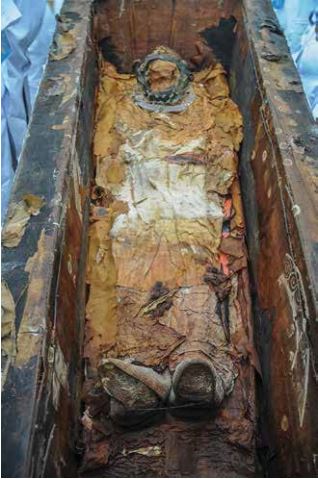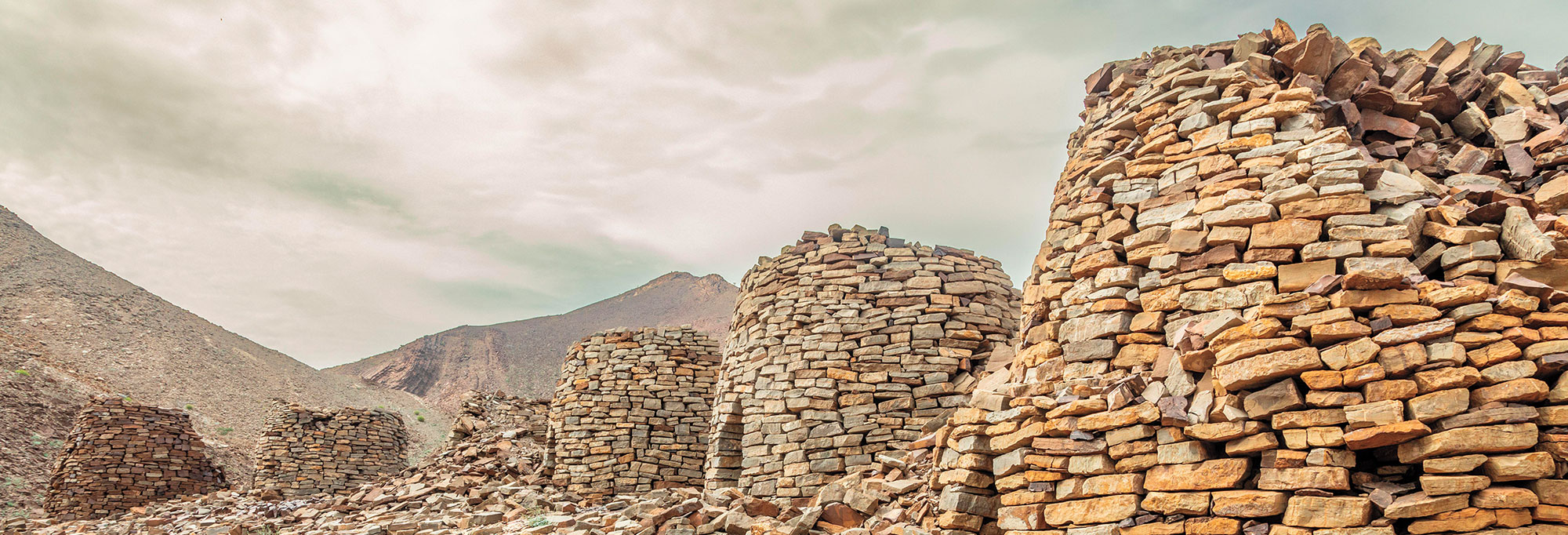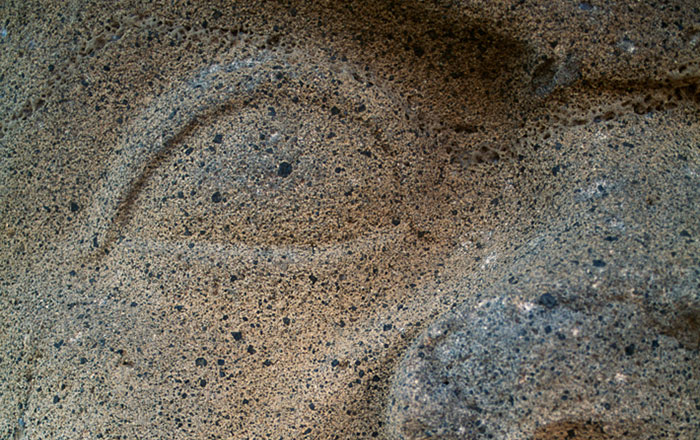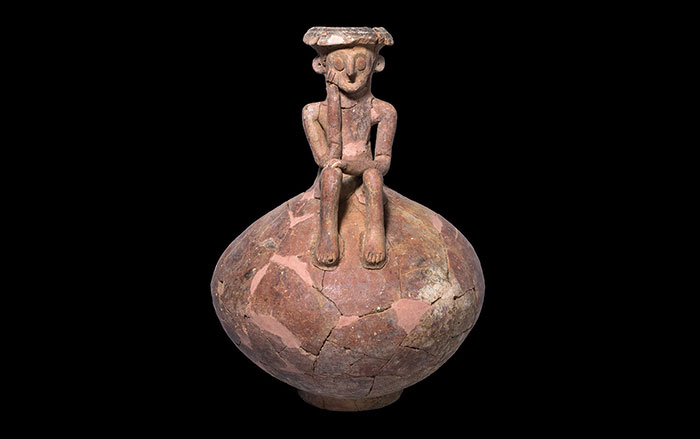
HOHHOT, CHINA—Live Science reports that the excavation of six tombs in a 1,500-year-old, looted cemetery in Inner Mongolia has yielded a coffin containing a body covered in silk, and a silver bowl decorated with images of the Greek gods Zeus, Hera, Aphrodite, and Athena. Chen Yongzhi of the Inner Mongolia Museum, Song Guodong of the Institute of Cultural Relics and Archaeology, and Ma Yan of Inner Mongolia University think five of the tombs might have belonged to an aristocratic family, perhaps of the Gaoche people, who were ruled by the Northern Wei Dynasty (A.D. 386 to 534). The sixth tomb dates to the Liao Dynasty, and is about 1,000 years old. The yellow silk has not yet been removed from the body, which was also adorned with a gold headband, necklace, belt, rings, and leather boots. The artifacts are thought to have been obtained through trade along ancient Silk Road routes. The body’s coffin was painted with an image of a blue-roofed house with red pillars. The tomb’s occupant was shown at the center of the house, surrounded by attendants wearing hoods. For more, go to “Letter from China: Tomb Raider ChroniclesTomb Raider Chronicles.”











